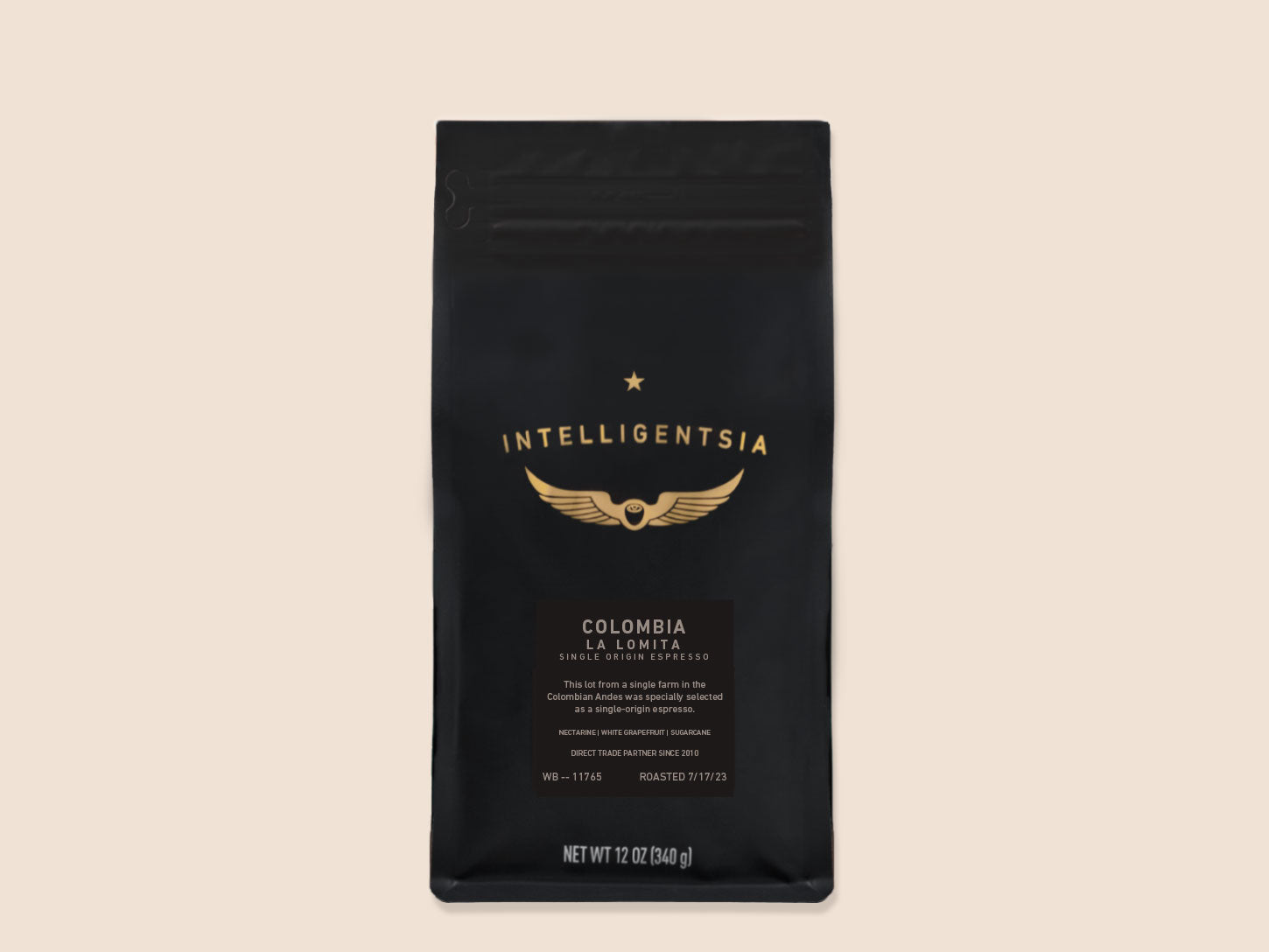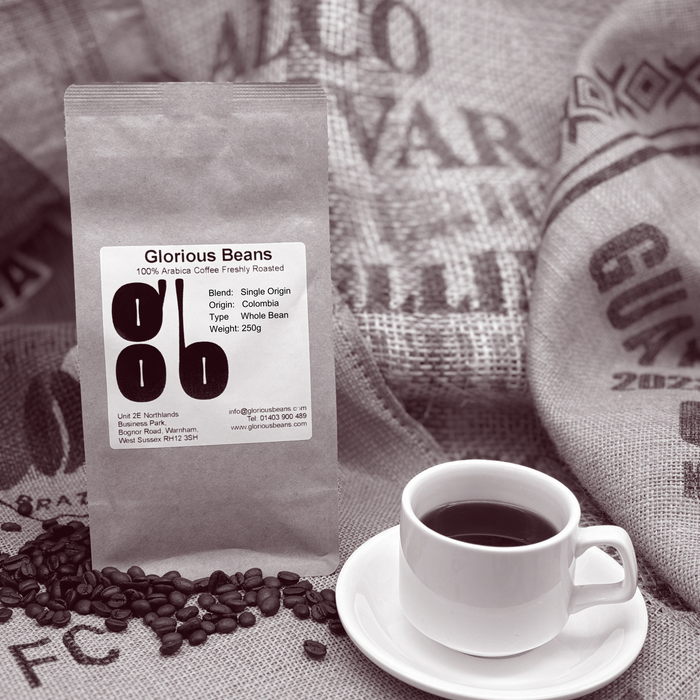What Makes SOE Single Origin Espresso Different from Blends
What Makes SOE Single Origin Espresso Different from Blends
Blog Article
Understanding Coffee Beans: the Journey From Espresso to Blended Coffee Beans

The Origins of Coffee: An International Perspective
While you might think of coffee as a contemporary staple, its origins map back centuries, intertwining with societies throughout the globe. The tale begins in Ethiopia, where legend claims a goat herder called Kaldi found the invigorating impacts of coffee beans after seeing his goats frolicking vigorously after consuming them. This stimulated interest, causing coffee's infect Arab traders that valued the brewed drink. By the 15th century, it got to Persia, Egypt, and Turkey, where coffeehouses ended up being social centers for conversation and society.
As profession courses broadened, coffee made its means to Europe in the 17th century, quickly gaining popularity. Each culture included its distinct spin to coffee preparation, enhancing its history.
Cultivation and Harvesting of Espresso Beans
As coffee's journey progressed, the focus moved to the cultivation and harvesting of specific bean varieties, specifically those made use of for espresso. You'll find that espresso beans often come from Arabica or Robusta plants, each offering distinctive tastes. The suitable expanding conditions include high elevations and abundant, well-drained dirt, which boost the beans' high quality.
During the harvest, choosing methods vary. Timing is vital; you desire to gather when the cherries reach peak perfection for maximum flavor.
When gathered, the beans are prepared for handling, which is vital in determining their last taste. Understanding the farming and harvesting procedures gives you understanding right into what enters into your favorite coffee, enriching your admiration for every mug.
Processing Approaches: From Cherry to Bean
Since you have actually discovered harvesting espresso beans, allow's explore just how those cherries transform into the coffee beans you enjoy. You'll see how various harvesting methods influence flavor, followed by the necessary steps of fermentation and drying. We'll break down the milling and grading procedure that determines your coffee's quality.
Gathering Strategies Explained
When it comes to coffee, comprehending harvesting methods is vital, given that they straight influence the taste and high quality of the beans you take pleasure in. Careful choosing includes hand-picking only ripe cherries, ensuring you obtain the ideal high quality beans. Eventually, the choice of harvesting technique can greatly affect your coffee experience, so it's worth recognizing exactly how those beans made it to your cup.
Fermentation and Drying
After harvesting, the following actions in processing coffee beans play a significant duty fit their flavor. You'll find that fermentation is vital, as it aids break down the mucilage surrounding the beans, boosting their preference profile. Depending upon the method, this procedure can last from a few hours to several days, with differing results based upon temperature and humidity.
Sun-drying allows the beans to take in tastes from the environment, while mechanical drying warranties constant dampness levels regardless of weather. Correct drying is necessary to avoid mold and mildew and maintain the beans' quality, ultimately influencing your cup of coffee.
Milling and Grading Process
As fermentation and drying out set the phase for flavor development, the milling and grading procedure guarantees that only the most effective coffee beans make it to your cup. This phase entails removing the external layers of the coffee cherry, including the parchment and husk. After milling, the beans are sorted by dimension and weight, making certain a consistent top quality. You'll discover that grading assists determine flaws and categorize beans, which impacts taste and aroma. Top notch beans obtain a higher quality, leading to a richer coffee experience. As soon as graded, the beans are prepared for packaging and shipping, protecting their unique characteristics. This thorough procedure is vital for supplying the extraordinary taste you enjoy in every sip of your favorite brew.
Roasting Strategies: Opening Flavor Possible
When you roast coffee beans, the method you choose can considerably affect the taste account. Comprehending the connection in between time, temperature level, and toasting techniques is essential to revealing the possibility of your brew. Allow's explore just how these elements come together to create the ideal mug.
Toasting Approaches Described
While you might believe that all coffee toasting techniques produce the very same results, the truth is that each method discloses one-of-a-kind taste potentials in the beans. You can pick between approaches like drum roasting, air roasting, and even standard pan roasting. Drum toasting utilizes a turning drum to uniformly disperse heat, enhancing caramelization and producing a well balanced flavor. Air roasting, on the various other hand, flows warm air around the beans, promoting a lighter roast with pronounced acidity. Pan toasting enables hands-on control yet calls for continuous attention to avoid burning. Each method has its nuances, so explore various techniques can aid you discover the best roast that aligns with your preference choices. Enjoy the journey of finding your perfect cup!

Influence on Taste Profile
Different toasting methods not only affect the procedure but also considerably impact the flavor profile of the coffee beans. Dark roasts, on the other hand, bring out strong, great smoky flavors, often covering up the bean's unique characteristics. Comprehending these subtleties helps you value the creativity behind your cup of coffee, boosting your total experience with every sip.
Time and Temperature Elements
To release the full taste potential of coffee beans, both time and temperature level during the roasting process play significant roles. When roasting, you'll discover that higher temperature levels can swiftly establish flavors, however if you hurry it, you might end up with charred notes. On the other hand, reduced temperatures enable for an extra steady taste advancement, showcasing the beans' unique attributes.

Timing is just as vital; expanding the roast as well long can result in a loss of acidity and illumination, while also short a roast could leave the beans underdeveloped. Locating that pleasant place calls for technique and experimentation. By changing these aspects, you can reveal the rich, complicated tastes concealed within each bean, developing a really impressive coffee experience.
The Art of Mixing: Crafting Distinct Coffee Accounts

Start by choosing a base coffee that supplies a strong foundation. A brilliant Ethiopian bean can bring fruitiness, while a rich Brazilian coffee includes body.
As you blend, remember that each mix narrates. You're not simply making coffee; you're creating an experience. Take your time, preference frequently, and appreciate the journey of discovering your trademark blend - Single Origin Espresso.
Brewing Techniques: Exactly How Prep Work Influences Taste
Mixing coffee opens up a domain of taste opportunities, but just how you make that mix can significantly influence your last mug. Different developing approaches remove unique tastes and scents, so it's critical to choose intelligently. A French press allows debris and oils to remain, producing an abundant, full-bodied experience. On the other hand, a pour-over highlights the coffee's clarity and brightness, best for showcasing delicate notes.
Coffee, with its high stress, produces a focused shot that emphasizes sweetness and crema. If you prefer a lighter mixture, take into consideration a chilly brew method; it generates a smooth, less acidic preference.
Adjusting variables like water temperature, grind size, and make time can transform your coffee's profile. Accept the art of developing to discover the flavors hidden in your coffee blends.
The Future of Coffee: Sustainability and Technology
As the coffee market develops, sustainability and development are coming to be essential for addressing environmental obstacles and conference consumer needs. You'll observe that even more coffee business are adopting eco-friendly techniques, from sourcing beans fairly to applying sustainable farming strategies. These shifts not just assist the planet however likewise boost the high quality of the coffee you enjoy.
You may see developments like biodegradable product packaging and water-saving brewing techniques that lower waste. Advanced technology, such as blockchain, is also ending up being preferred, making certain openness in the supply chain, which enables you to map your coffee back to its beginnings.
Furthermore, spending in local neighborhoods and supporting farmers via reasonable trade efforts promotes an extra lasting coffee ecosystem. As you sip your following mug, bear in mind that your choices can add to a brighter future for coffee. By going with lasting brand names, you're not simply taking pleasure in a drink; you're making a favorable influence on the globe.
Frequently Asked Concerns
What Is the Difference In Between Arabica and Robusta Beans?
Arabica beans are smoother, sweeter, and have a higher level of acidity, while robusta beans are stronger, much more bitter, and have even more caffeine. You'll observe these differences in taste and scent when brewing your coffee.
How Does Altitude Affect Coffee Bean Flavor?
Altitude impacts coffee bean flavor substantially. Greater altitudes create beans with brighter acidity and complex flavors, while lower elevations frequently generate beans that are heavier and much less nuanced. You'll discover these differences in your cup!
What Are the Health And Wellness Benefits of Alcohol Consumption Coffee?
Consuming alcohol coffee can boost your power, improve psychological focus, and also enhance physical performance. It's abundant in anti-oxidants, may decrease the danger of specific diseases, and can promote Single Origin Espresso a much healthier metabolic rate when eaten in moderation.
Can Coffee Beans Be Reused for Brewing?
Yes, you can recycle coffee beans for brewing, yet the flavor could be weaker. If you enjoy trying out, try reusing them in various methods, like cold brews or including in healthy smoothies for an added kick.
Just how Should I Store Coffee Beans for Quality?
To maintain your coffee beans fresh, save them in an impermeable container in a trendy, dark location. Stay clear of subjecting them to warmth, moisture, or light, as these aspects can promptly weaken their flavor and fragrance.
Understanding Coffee Beans: the Trip From Espresso to Blended Coffee Beans.
Now that you've found out concerning collecting coffee beans, let's explore exactly how those cherries change into the coffee beans you enjoy.When you roast coffee beans, the approach you select can dramatically impact the taste account - Single Origin Espresso.While you may believe that all coffee toasting approaches produce the same outcomes, the truth is that each method reveals unique taste capacities in the beans.Various roasting approaches not just affect the procedure but additionally significantly impact the taste account of the coffee beans
Report this page